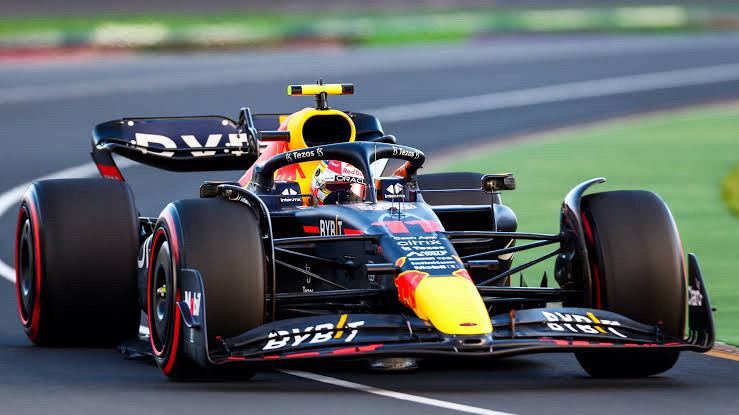Technological Innovation in Sport: Revolutionizing the Way We Play and Watch
In the world of sports, the Technological Innovation in Sport is redefining the limits of what is possible.
From advanced data analytics to state-of-the-art equipment, technology is transforming not only how athletes train and compete, but also how spectators experience the spectacle.
This article explores the various facets of this technological revolution, highlighting how innovations are changing sports as we know it.
Index

Data Analysis and Athletic Performance
Data analytics has become a key component in optimizing athletic performance. Using big data and analytics, coaches and athletes can gain detailed insights into performance, tactics and strategies.
In basketball, for example, data analysis is used to optimize shooting patterns and defensive strategies. In football, teams use analytics to evaluate play patterns and player effectiveness.
This “Technological Innovation in Sport” allows for a more scientific and precise approach to training and strategic decision-making.
Advanced Technological Equipment
A "Innovation Technology in Sports” has seen significant advancement in the development of sports equipment and clothing.
Clothing with integrated sensors, for example, is helping athletes monitor their physiology in real time, optimizing training and preventing injuries.
In cycling, bicycles equipped with cutting-edge technology provide detailed analysis of pedaling, improving efficiency and aerodynamics.
We also see significant innovations in sports security. Helmets with built-in sensors in American football, for example, help detect dangerous impacts, contributing to the prevention of concussions. These advances not only improve performance, but also increase athlete safety, a crucial aspect in any sporting discipline.
Technology in the Viewer Experience
“Technological Innovation in Sports” has also revolutionized the way fans interact and experience sporting events. High-definition broadcast and multi-angle cameras deliver immersive viewing, bringing viewers closer to the action like never before.
Additionally, augmented reality (AR) and virtual reality (VR) are opening new frontiers, allowing fans to experience games from a first-person perspective or participate in interactive simulations.
Social media platforms and dedicated apps allow for more direct and personalized interaction with teams and athletes, increasing fan engagement. In-depth statistics and analysis available in real time also enrich the understanding and appreciation of games.
These technologies are creating a new era of fan engagement, transforming the way sports are consumed globally.
Technology-Assisted Training and Rehabilitation
Athlete training and rehabilitation are being transformed by “Technological Innovation in Sport”.
Motion tracking devices and analysis software are being used to optimize training, improve techniques and prevent injuries. These tools provide instant, detailed feedback that was impossible to obtain in the past.
In rehabilitation, technologies such as virtual reality and biofeedback equipment are helping to recover from injuries.
They provide safe and effective ways for athletes to regain strength and mobility, often more quickly and efficiently.
These technologies not only speed up the recovery process but also offer a more personalized and interactive approach.
Challenges and Ethical Considerations
Despite the benefits, “Technological Innovation in Sport” presents challenges and ethical issues. One of them is to guarantee equal access to these advanced technologies, thus avoiding inequalities in sport.
Additionally, there are concerns about data integrity and athlete privacy. Regulations must evolve to keep pace with technological innovations, ensuring fair play and protection for those involved.
Conclusion on Technological Innovation in Sport
In conclusion, “Technological Innovation in Sports” is redefining sports in several significant ways.
From improving athlete performance and safety to creating immersive experiences for fans, technology is at the heart of this transformation.
As we navigate these exciting times, it is vital to balance the benefits of innovations with ethical and equality considerations, ensuring the future of sport is as fair as it is exciting.






